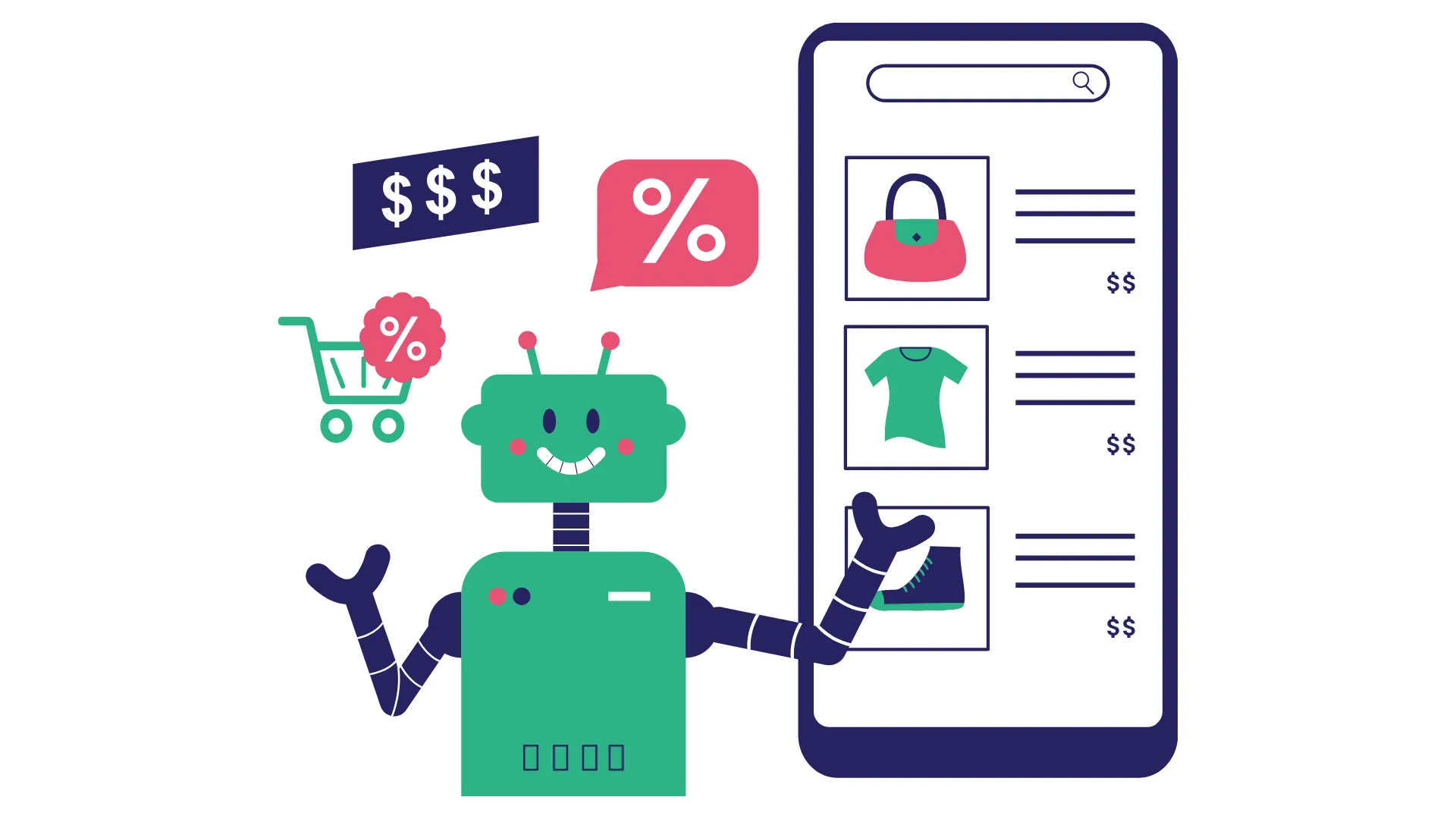Starting December 13, 2024, Instagram is removing the ability to follow hashtags in the app. This change follows Instagram CEO Adam Mosseri’s recent video Story which explains that hashtags no longer help posts reach more people. This suggests that hashtags are no longer relevant on Instagram, but if that’s the case, why can we still use them?

How Instagram Uses Hashtags in 2025
The way Instagram uses hashtags has evolved over the years and as Instagram’s technology has become more advanced, its reliance on hashtags to categorise posts has diminished.
Originally, hashtags were essential for finding niche content. For example, users searching for recipe ideas could look up #recipes, and only posts tagged with that hashtag would appear in the results. Today, Instagram uses a more sophisticated approach.

Instead of relying solely on hashtags, Instagram now uses Social SEO to analyse content. Its algorithm scans through captions, images and videos to understand the context.
This makes hashtags less critical for discoverability.
How does Instagram know what my post is about?
If hashtags are no longer the primary way Instagram categorises posts, how does it know what your content is about? Well, it uses a combination of factors:
- Visual content analysis: Instagram’s AI examines the images or videos in your post.
- Caption keywords: Words in your caption play a significant role in helping Instagram determine your content’s topic.
- Bio information: Your profile bio helps Instagram align your content with your niche.
These advanced systems allow Instagram to connect users with content more effectively than hashtags ever could.
Should we still be using hashtags in 2025?
While hashtags no longer guarantee increased reach, they aren’t entirely obsolete. They can still provide context to the overall theme of a post. Note our earlier point about Instagram looking at the words that you are using in your caption.
The key takeaway from all of this is that hashtags are no longer the secret sauce to better reach, but they still contribute to your overall reach.
How to use hashtags effectively in 2025
If you want to increase your engagement, you need to think a little more creatively.
1. Base hashtags on SEO principles
Think of your hashtags like keywords for your website. Choose hashtags that reflect what your audience would search for, rather than focusing on popularity or volume like we once used to do.
2. Avoid Banned Hashtags
Did you know that there is a list of banned hashtags? Banned hashtags are hashtags that Instagram users have reported because the posts using them go against Instagram’s guidelines. This means that any post that uses that hashtag will be hidden.
View the complete list of banned hashtags here. We guarantee you’ll be surprised by some of these!
3. Switch up your hashtags
You no longer need to use the same list of hashtags on each post. Remember when we used to copy and paste the same list of 30 hashtags on each post? 😂 So 2015!
Tailor your hashtags to match the content of each post for better relevance and engagement. (See point one about Social SEO).
The Verdict: Do hashtags still work on Instagram?
In 2025, hashtags are no longer the driving force behind Instagram reach. Instead, the focus has shifted to content quality and SEO-driven strategies. To thrive on Instagram, prioritise creating high-quality posts and using captions that resonate with your audience. Hashtags can still play a supporting role, but they’re just one piece of a larger puzzle.
Remember: It’s not the hashtag that gets you noticed – it’s the value of your content.

A billion searches were made on ChatGPT last week alone. Now, OpenAI is turning those queries into a powerful new retail experience. ChatGPT recently launched its AI [...]

Google’s AI Overviews are reshaping search by pulling answers from the places people are actually talking: Reddit, YouTube, Quora and other community-driven platforms. According to new data [...]

Quick Website Audit Checklist When was the last time you really looked at your website through the eyes of a customer? We often assume that once [...]

In digital advertising, audience targeting has always been both an art and a science. But what if the science just got smarter - a lot smarter? We’ve [...]

With attention spans getting shorter and competition fiercer, brands are constantly searching for that magic formula to stand out. But the answer isn’t always a bold campaign [...]

A billion searches were made on ChatGPT last week alone. Now, OpenAI is turning those queries into a powerful new retail experience. ChatGPT recently launched its AI [...]

Google’s AI Overviews are reshaping search by pulling answers from the places people are actually talking: Reddit, YouTube, Quora and other community-driven platforms. According to new data [...]

We recently posted a simple promotion on a client’s social media account. It was about a niche product - nothing flashy, not designed to go viral, just [...]

Starting July 10, 2025, public posts from professional Instagram accounts will start appearing in Google search results. That means your photos, Reels and videos could soon show [...]

One of the most common concerns we hear from clients is: “I feel like we’re repeating ourselves too much.” They worry that saying the same message more [...]

Quick Website Audit Checklist When was the last time you really looked at your website through the eyes of a customer? We often assume that once [...]

In a world where marketers battle for every second of audience attention, Labubu – a quirky character from Pop Mart’s “Monster” series - has done the seemingly [...]

Social media marketing is full of outdated advice, bad habits and half-truths that get repeated so often they start to sound like facts. But just because you’ve heard [...]

